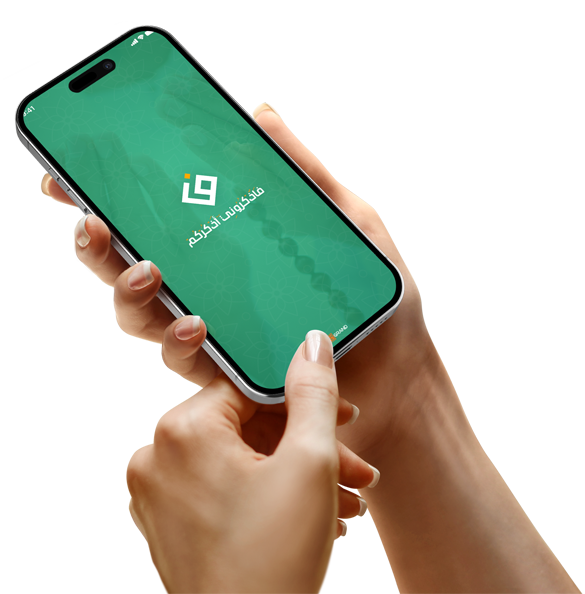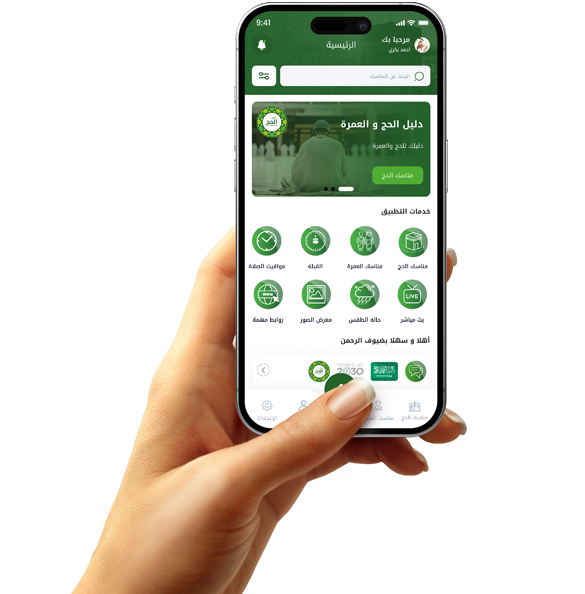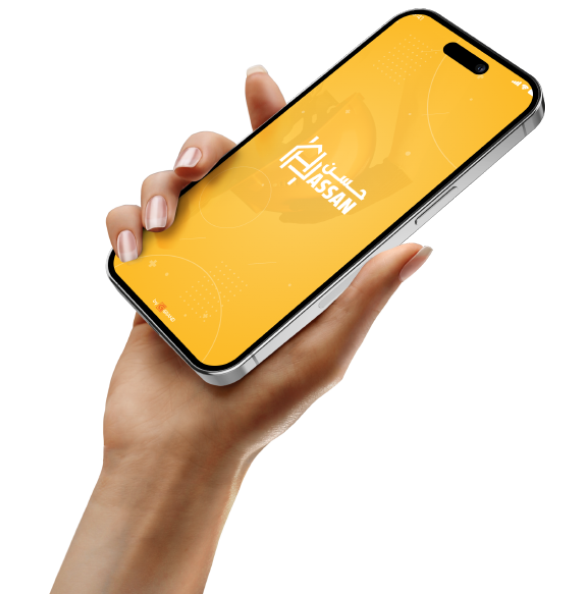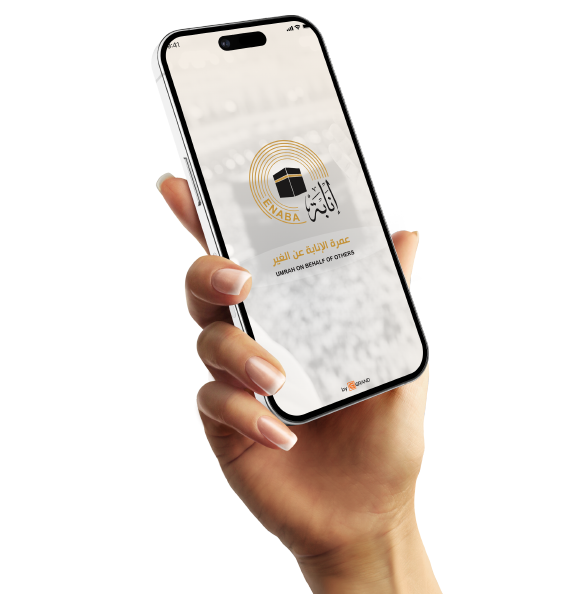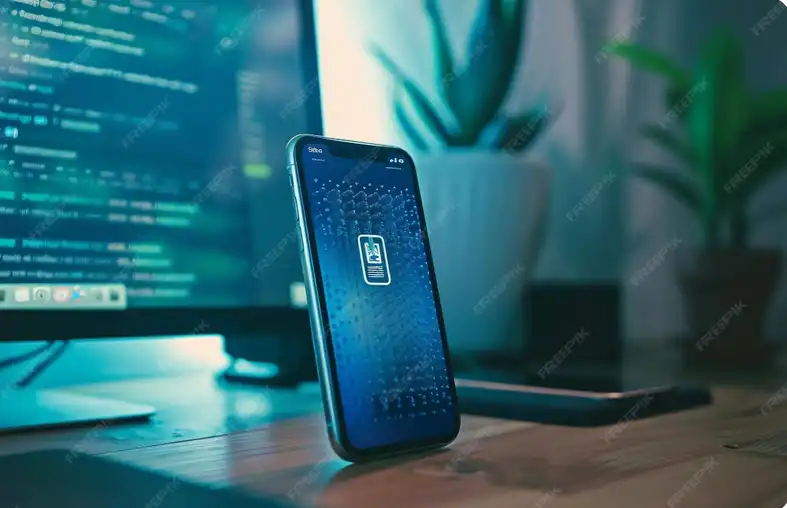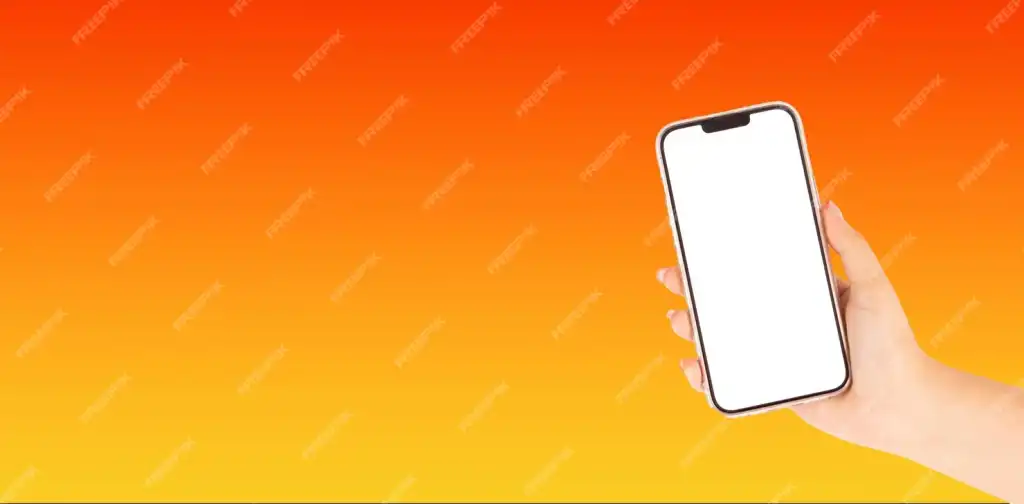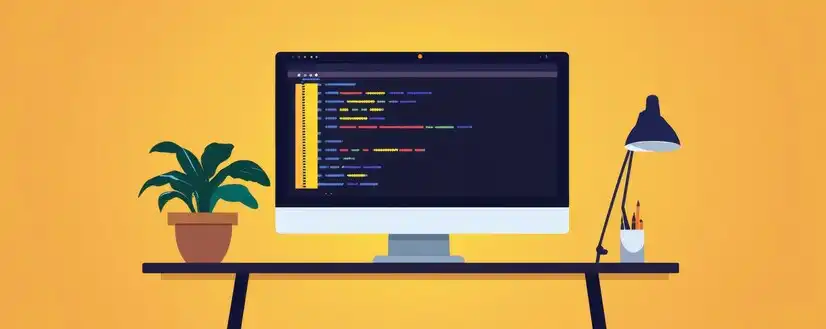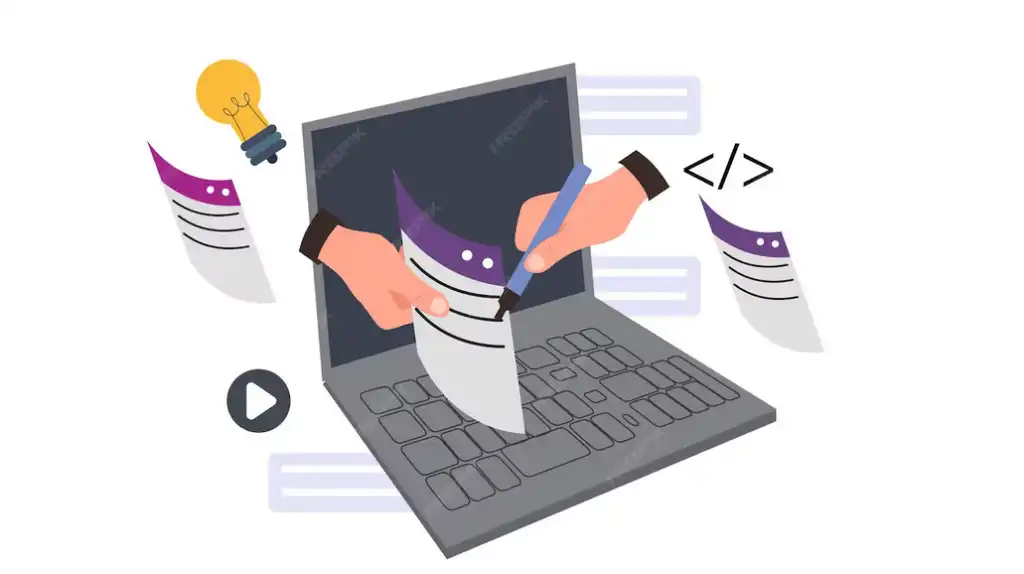The technician evaluation system is an essential element of trust within the application.

Why does a rating system make customers feel comfortable?
When using any app that offers technical services, such as plumbing, electricity, or air conditioning, the first thing customers look for is a sense of security and reassurance.
Having a clear rating system for technicians within the app automatically creates this feeling. It allows the user to know who will be coming to them and how competent that technician is based on the ratings and experiences of other users.
When a customer sees that a technician has a rating of 4.9 out of 5 after hundreds of requests, they will make their decision with confidence.
This sense of confidence reduces anxiety and hesitation and directly contributes to increasing the order rate within the app.
Ratings help identify outstanding technicians who deserve to appear on the first page of search results within the app.
They also give the customer a sense of control, as if to say, "If the service is unsatisfactory, I can express my opinion."
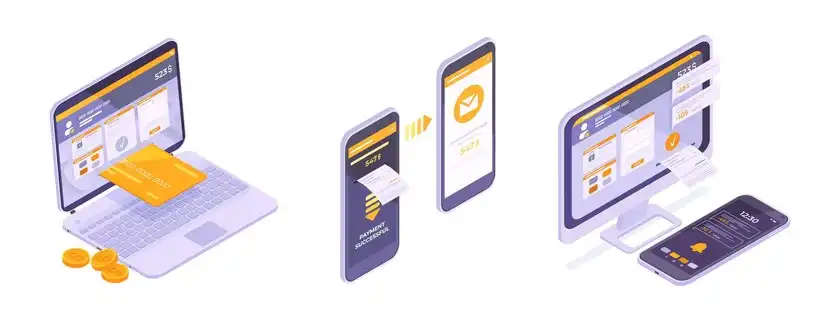
Ratings Create Healthy Competition Between Technicians
When each technician realizes that their current work will be evaluated, and that this evaluation will impact their future opportunities within the app, a positive competitive environment is created.
The in-app rating system is not only about gaining user satisfaction, but also motivates technicians to continually improve themselves.
Every technician strives for a 5-star rating, which means being punctual, courteous, quality workmanship, and cleanliness after completion of work.
This healthy competition raises the level of service provided across the platform and enhances the quality of the experience for all users.
Over time, technicians begin to learn from user feedback and improve their performance based on repeated feedback.
A technician who received feedback about being late? They will strive to be on time later.
Another who received praise for their respectful manner? They will maintain their manner to earn more excellent ratings.
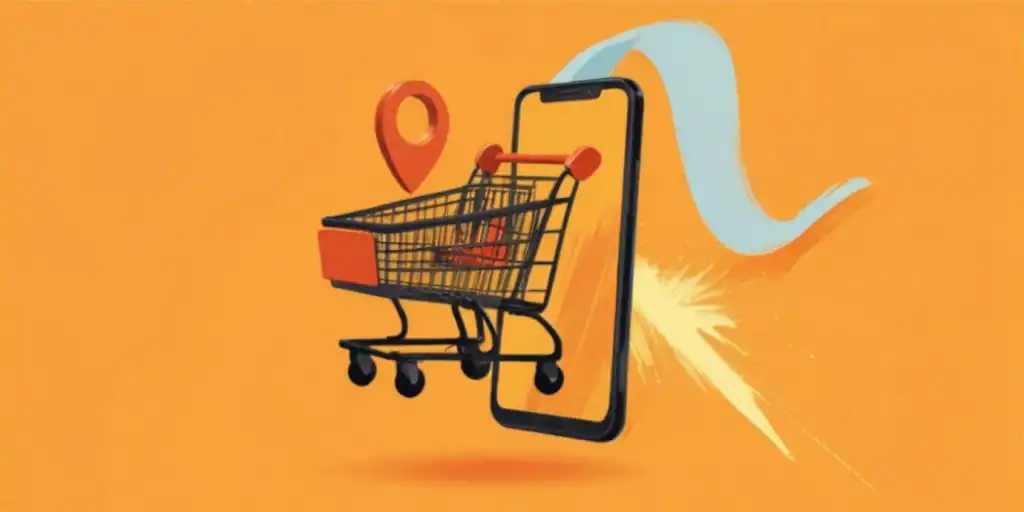
How does evaluation help improve management decisions?
The technician evaluation system not only serves users but also provides a powerful tool for application management to make decisions based on real data.
By reviewing accumulated evaluations, management can easily identify outstanding technicians and reward or promote them internally.
Conversely, technicians with repeated complaints can be monitored, addressed, or removed if necessary.
This type of intelligent monitoring saves significant time and effort compared to relying solely on manual monitoring or direct communications.
The daily evaluations created by users form live, ongoing performance reports at no additional cost.
Technicians can also be rated based on their evaluation in specific areas, such as speed, cleanliness, quality of work, or good manners.
This enables management to assign the appropriate technician to the appropriate job, increasing customer satisfaction.

Transparency in displaying technician ratings builds user trust
When a user opens an app to book a technician and finds clear, public ratings, they immediately feel confident.
Transparency in displaying ratings means the app isn't hiding anything and allows the user to make an informed decision.
A technician with a 4.8 out of 5 rating based on 250 ratings? This reflects consistent performance and high credibility.
Displaying this data directly within the app, without the need to register or search, gives the impression of clarity and respect for the customer.
The presence of text comments from previous customers also adds more credibility than mere numbers.
Simple phrases like "arrived on time," "polite in dealing," and "clean in execution" encourage the user to book with confidence.
If a user sees clear, negative ratings, they appreciate the app's honesty in presenting all opinions without filtering.
This impression is invaluable, as it strengthens user loyalty to the app and makes them feel that their opinion is heard. On the other hand, when the evaluation is not visible or hidden, the user feels they are dealing with an ambiguous or unclear system.
This leads them to hesitate and perhaps seek more transparent alternatives.





